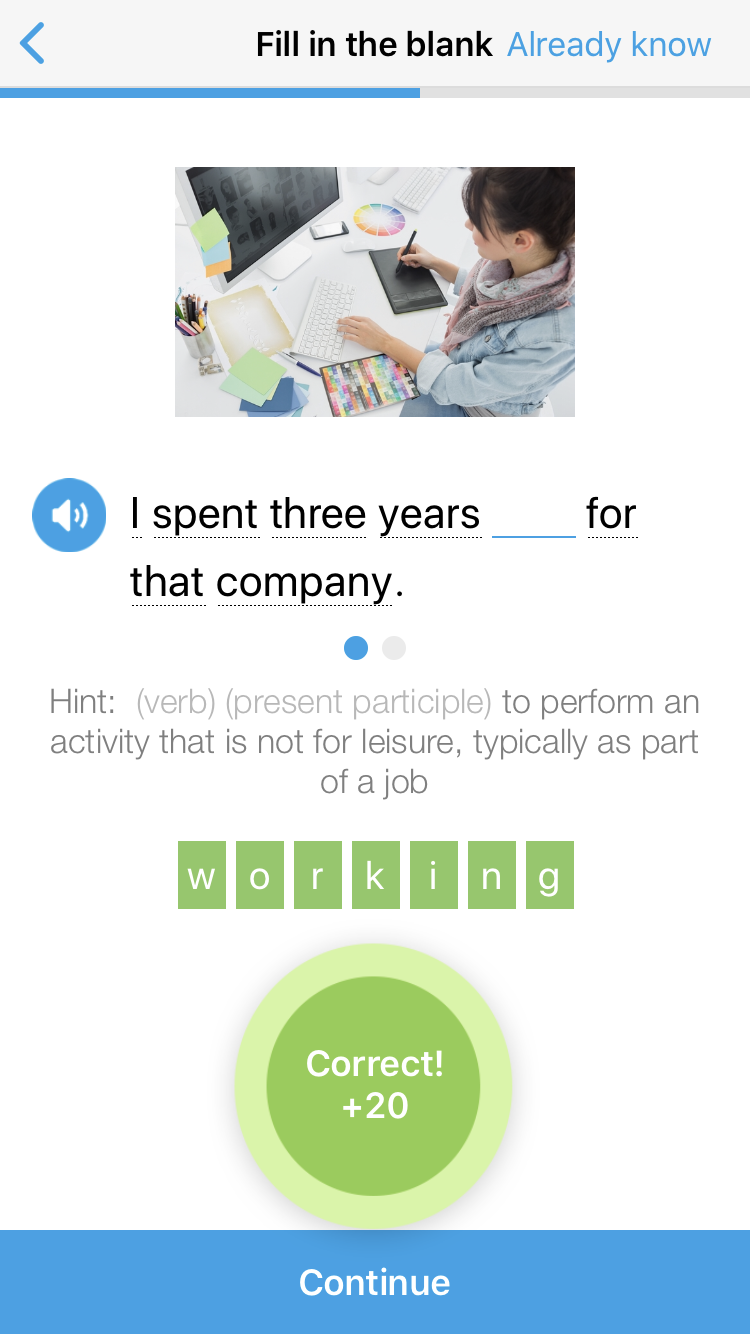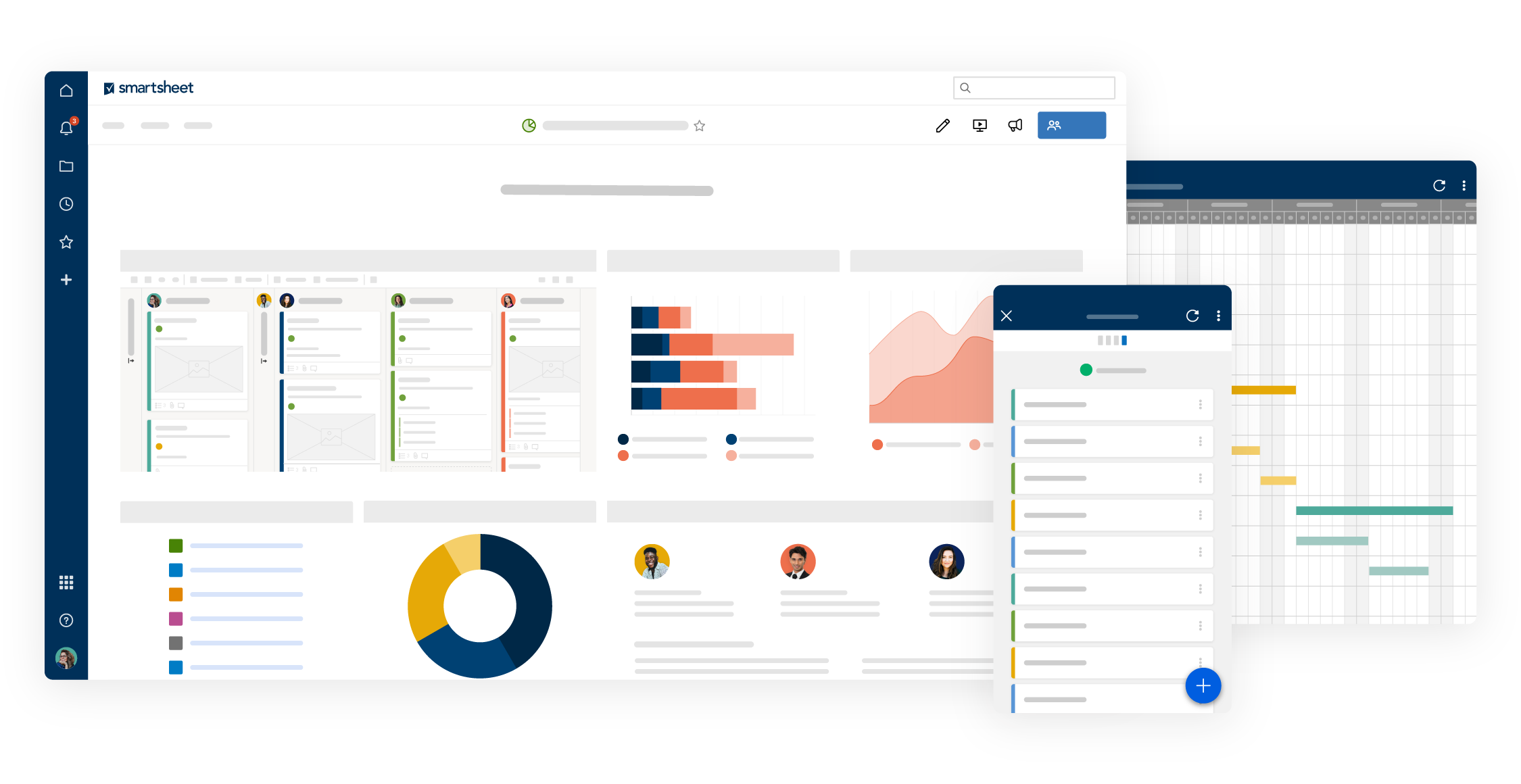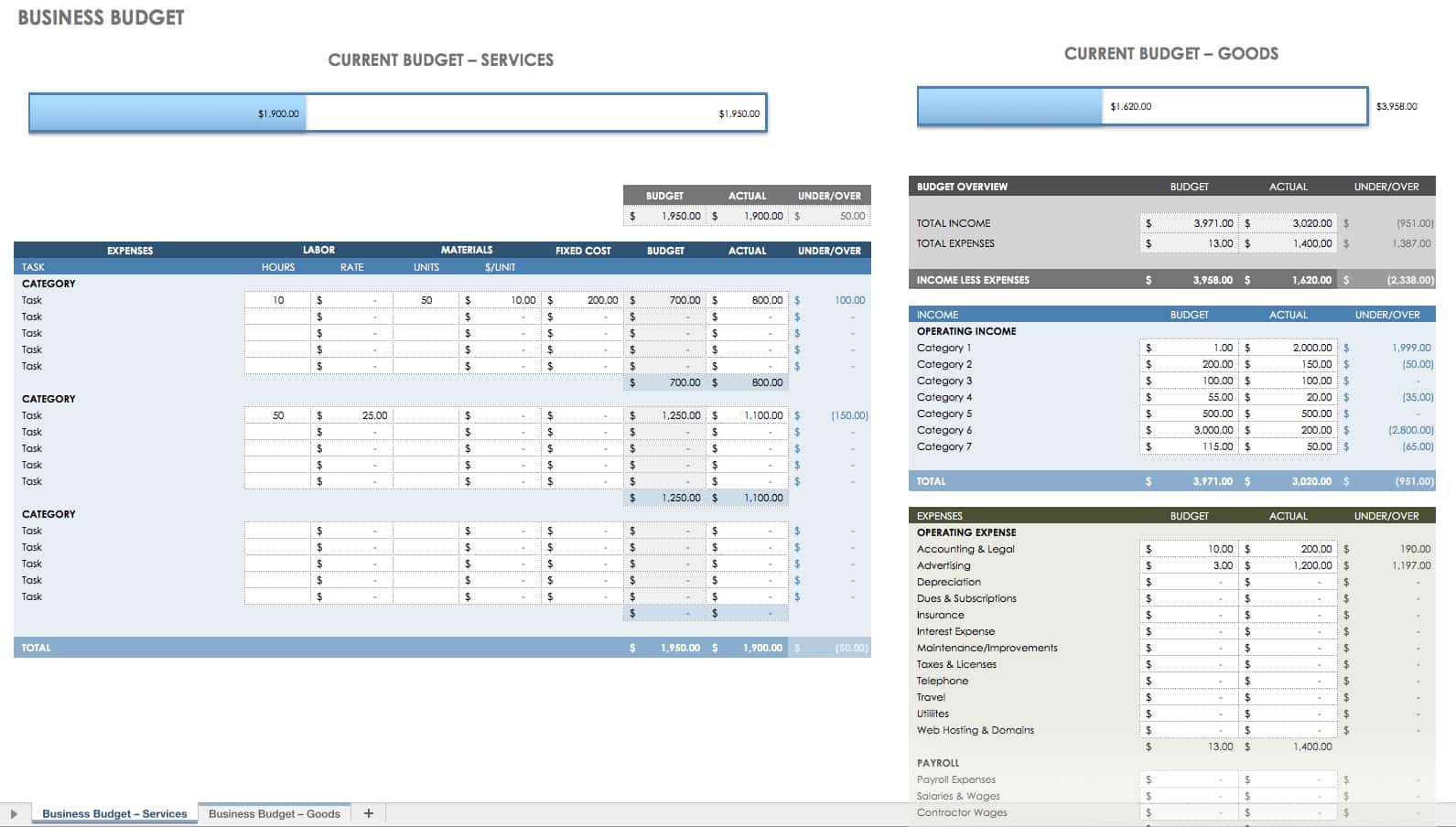
In the descriptions of the company’s losses in 1993, 1994, and 1995, it was a fact that Lohman and Bradshaw made the statements, but it was not necessarily a fact that the company had inexperienced management or young, untested upper-level managers. The business report writer could not verify those facts, so she quoted the sources directly and cited them. She made no claim that the reports were true
Inferences in business report writing generally use words that describe the probability of truth of the statement: “probably,” “might,” “may,” “could,” or “possibly.” “It is possible that the losses were due to an inexperienced management team,” or “It is probable that the losses were due to an inexperienced management team.” By introducing the degree of probability, the writer moves the statements more toward being an objective statement and further from being judgment.
After all, it is possible that the losses could be due to poor management, just as it’s possible that they could have resulted from two dozen other factors. If the writer stated that it was probable that the losses were due to poor management, then the writer would have gone further from the factual end of the continuum toward the inferential end in the business report writing.
All three report writing examples explain the company’s situation during 1993, 1994, and 1995. However, the first uses generalized words that required judgment on the writer’s part. The last reports the facts without judgment. The description in the middle uses conservative statements that required some judgment by the writer, but less than the first.
Facts in Business Report Writing
The first example of business report writing is made up largely of conclusions and judgments: “The company nearly failed in the 1990s due to poor management practices and delaying action on the losses.” We would expect that the writer has the facts to conclude that the company nearly failed in the 1990s. The writer could have facts to show the near failure was due to poor management and delaying action on the losses. If the reader could ask the writer what the facts were that led to the conclusion and the writer produced them, that would mean the business report writing contains a justified conclusion. If the writer does not have facts, then the statement in the business report writing example is an inference or a judgment.
The first and second of the three report writing examples describing the company that suffered losses in 1993, 1994, and 1995 contained the inference that action was delayed because the company waited three years to file for Chapter 11.
The differences among the report writing examples are in the use of facts, conclusions, inferences, and judgments in the business report writing The explanations that follow will help you assess the proportions of facts, conclusions, inferences, and judgments in your business report writing.

To keep the purpose of the report in mind, make a plan before you start writing. If you don’t have the time to write a full draft, try to focus on the main ideas you need to include.
Make sure your bullet points follow the same grammatical structure. For instance, you may have something like:
Start using FluentU on the website with your computer or tablet or, better yet, download the FluentU app from the iTunes or from the Google Play store.
Another great way to learn business vocabulary is to use FluentU.
2. Keep the Tone Neutral

However, don’t overuse bullet points—especially in writing exams, where you need to prove your ability to use a variety of complex grammatical structures.
If you want to become a master of English writing and create strong written messages, then you might want to consider getting a special resource devoted to the topic of writing in English. Inklyo is a perfect resource for any English student who wants to improve their writing.
Date: (Write the date. Just stick to month and day and you can’t go wrong, e.g. December 9. Don’t forget months are capitalized in English.)

Watch the demo to see how you can more effectively manage your team, projects, and processes with real-time work management in Smartsheet.
Key performance indicators (KPIs) help you measure effectiveness and determine how close you are to achieving your objectives. This KPI business dashboard template gives you an at-a-glance view of your business’s financials, so that you can gauge the success of your business. This visually rich dashboard template gives you quick and easy insight into your company’s fiscal health with sections for budget, revenue, profit margin, and debt-to-equity ratio.
The Smartsheet platform makes it easy to plan, capture, manage, and report on work from anywhere, helping your team be more effective and get more done. Report on key metrics and get real-time visibility into work as it happens with roll-up reports, dashboards, and automated workflows built to keep your team connected and informed.
Use this comprehensive financial dashboard template for a visual representation of data and to get the big picture on your company’s financials. If your statistics are lagging, then this financial dashboard template is a dynamic call to action for your team. Gain instant overviews of your company’s finances with this visually rich, reusable template.
Business Report Template

To learn more about this process and to find additional resources, read “All About KPI Dashboards.”
A business case can provide you with an on-the-spot cost benefit analysis (CBA), show you the risks to assess prior to greenlighting a project, and help you understand why to choose a particular strategy. This simple business case template provides sections for project reasons, options, benefits, costs, risks, schedule details, assessments, and your final recommendation. Ultimately, it helps ensure that your business case is strategically sound.
This business budget template will help you track your company’s expenses and develop a balanced budget. Simply enter all budget-related details for your current goods and services (your “operating costs”) to immediately see if you’re under or over budget in a particular area. Use this template to gain fast insight into your assets and liabilities, and see how profitable — or close to profitable — your company actually is.
I have so far given my best effort, to prepare and represent the report according to the instruction of my honorable supervisor. I hope my endeavor will be beneficial to the audience and urge for exonerate eye for any mistake or error found in the report.
Submitted By:
MD. Tanvir Hossain
Roll. 58 M.B.A (3rd Batch)
Dept. of AIS
The University of Dhaka.
To identify the extent of INTERNAL CONTROL SYSTEM (ICS) in terms of strength and weakness in those cell phone operators. Arid here we have given emphasis to various control components to meet the said purpose.
Whereas in today’s communication, a cell phone is contributing to an inevitable organ without which man seems to be lackluster in the age of communication. The cell phone has occupied the heart of human beings within a very short span of time.
Introduction:
There is proper segregation of duties and decentralization exists among the cell operators and this component tends to be existing all the time.
This trend has also flourished in Bangladesh and captured approximately 38 lacs, people, within five (5) years of time.
Those operators maintain strict integrity towards their performance while competence is subject to little variation.

- Effective professional writing is written with a clearly defined audience and purpose in mind. This is results-oriented writing. The text helps the reader do or know something.
- The writing style should be written to be concise, relevant, and understandable. Excessive wording, jargon, or extraneous information have no place in any type of business writing. Each element of the document supports the communication of the purpose to the reader.
- Of course, good writing is free of grammar and spelling errors and inaccurate information.
Recording business information accurately and consistently is important for marking progress, predicting future work, as well as complying with legal and contractual obligations.
- User Manual: a guide focused on allowing the customer to use a product. Effective user manuals are crucial to a good user experience and a happy customer. User manuals are often considered part of technical writing, which is closely related to business writing.
- Specifications: a technical document which provides an outline of a product or process that allows it be constructed or reconstructed by an unfamiliar but knowledgeable user, enabling effective distribution.
- Memo: a short notification of new information shared within a large group in an organization. The memo may include a direct instruction or be a reference on how to complete future tasks.
The world of business writing can seem vast. Each office seems to have variations of documents, each with their personalized templates and industry focus. Varying scenarios require varying forms of business writing. However, the innumerable documents can be distilled into to four main style categories.
4. Transactional Business Writing
The goal is to two-fold: to convey information and to convince the reader that the presented information offers the best value. The text is written to impress the reader and sway their decision.
When people think of business writing, they often think of the persuasive writing category. These documents are generally associated with sales. The persuasive writing may be direct, with focus on a specific item, or indirect, with focus on developing the client relationship.
- Proposals: these documents outline an offer of a product or service to a specific potential client. The proposal generally presents project overview, benefits, timeline, costs, and competency.
- Sales Email: an email written to a large number of people to pitch a product or service. Learn how to write a sales email.
- Press Release: a text written for journalists and media presenting new information. The text aims to persuade the reader to share the content through their own channels
These documents are used to progress general operations. They are also used to convey good and bad news, often associated with human resource processes.
